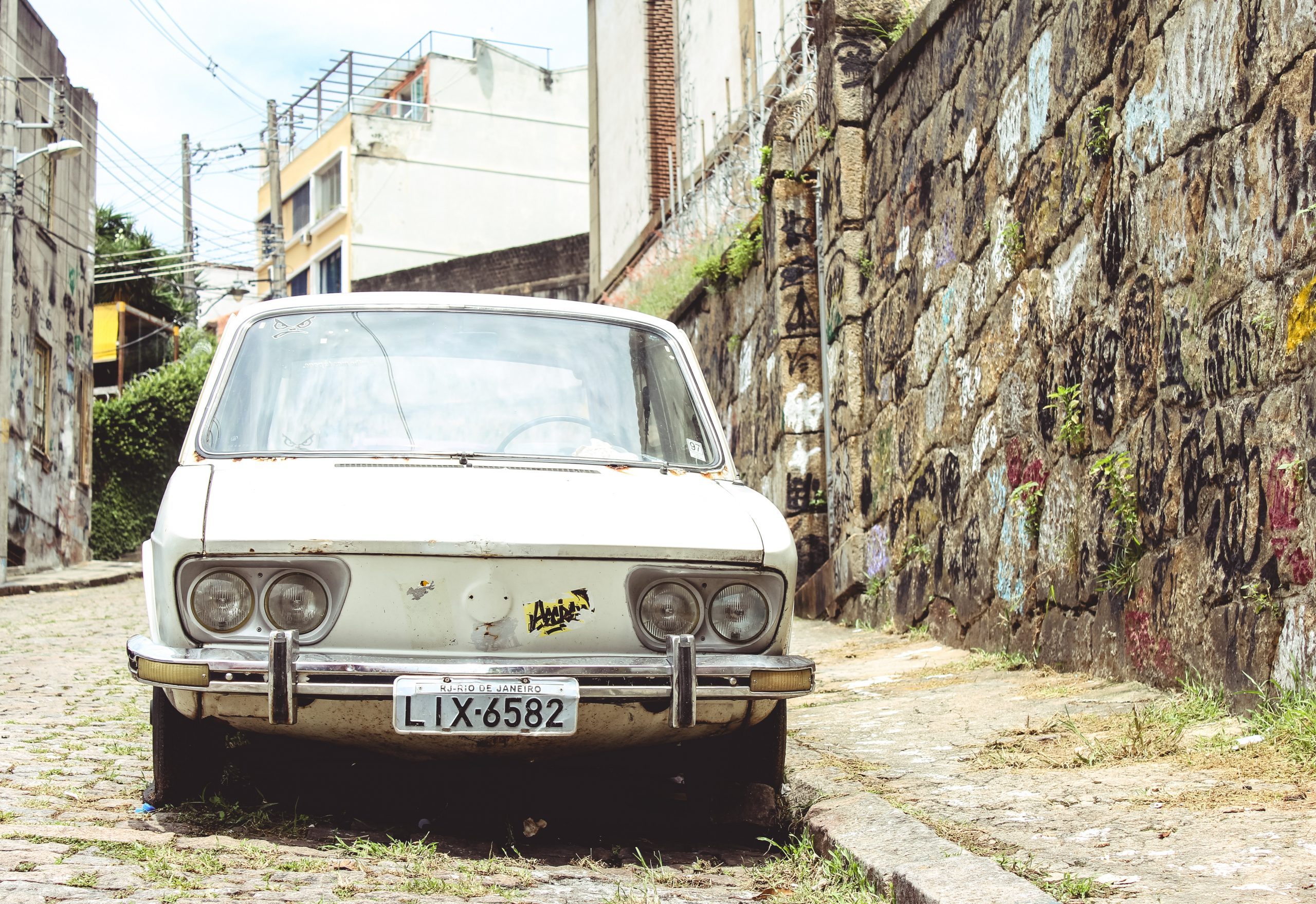In Australia, which is a sparsely populated area, if you don’t live in a place with particularly convenient transportation, a car has become a necessities of life. You must check rego when you buy a second-hand car. For many young people, second-hand cars may be the priority when buying a car, but although second-hand cars have an advantage in terms of price, they have a lot more to worry about than new cars. So how can you buy a second-hand car in Australia that is cost-effective and looks decent?
Channels for buying used cars
There are three ways to buy a used car:
(1) person
You can often find car ads on websites, in local newspapers, and even on car windows. If you know cars or can find friends who know cars, you can buy used cars from individuals as much as you like. Vehicles selected in this way are not only cheap but also relatively good. This method is more suitable for students, mainly because of its low price, but it is relatively insecure in general.
If you want to buy a car through the local newspaper, you can look in the newspaper classified ads, find the model that matches your ideal, copy the price, and then call the owner one by one according to the contact information provided by the owner. When inquiring, find out the following information: vehicle model, engine size, basic configuration and index, kilometers, whether there is air conditioning, whether there is rust, whether there is a car accident, price, etc. For vehicles you are interested in, you can ask if you can arrange a weekend viewing; for vehicles you really like, you should arrange a viewing as soon as possible.
It’s worth noting that many ads use acronyms, which can sometimes be confusing. For example: the word VGC is VERY GOOD CONDITION (very good condition). Therefore, when looking for advertisements on the car, it is necessary to inquire a lot.
(2) Professional car dealership
Of course, the price of vehicles from professional car dealers will be more expensive, but most of them have Guarantee (guaranteed), which is very important. Repairing a car in Australia is expensive, $100-$200 for a small patch of paint, and even worse if the engine fails, enough to get all the money you saved on buying the car back. When buying a car from a car dealership, you must know the time and location of the guarantee. Many car dealers make traps here: the guarantee is good, but once there is a problem, it is discovered that the key parts of the problem are not covered by its warranty.
(3) Auction house
If you are lucky, you can find a cheap and satisfactory car at the auction house. Auction houses can be found in the local telephone yellow pages.
like Pickles
(4) Network
More and more people choose to post their cars on the Internet. Most of my friends search for cars on the Internet, then contact individuals or car dealers to see the cars, and then trade.
Two of the larger Australian car buying sites:
Cars Sales
Cars Guide
Things to consider when buying a used car
Buying a car is a tedious job:
(1) Consider fuel consumption: Buying a small car, insurance will be cheaper, gasoline costs will be less, and maintenance can be saved, so the overall cost will be saved a lot.
(2) It is not a disadvantage to shop around: when buying a car, go to several car dealerships and check online is also a better method. If you want to get a loan, you also need to shop around; try to go to as many financial institutions as possible, and use the price comparison method to force them to offer the lowest interest rate.
(3) The Owner History of the car is very important: the fewer owners the better; it is also good for the owners to be elderly or ladies.
(4) The engine number needs to be confirmed: the engine number must be confirmed well, don’t pick up stolen cars, which is a big bargain.
Before buying a used car you must check rego to rule out all safety hazards

About car insurance
Don’t forget to buy car insurance when buying a car in Australia. Basic car insurance includes three major items:
(1) Basic third insurance – to protect the damage of others caused by you.
(2) Damage to own car.
(3) Comprehensive insurance, including theft, fire, criminal damage and damage to the windshield, etc.
In addition to the basic third insurance that must be purchased (this insurance is mandatory and legally binding), other flexible choices can be made by themselves.
About the test drive
When buying a car with an individual, it is most important to inspect and test the car in person, because it is related to the cost-effectiveness of the vehicle you value:
(1) Check the exhaust pipe to see if it is burning oil. Generally, old cars burn a little oil, but it does not matter, as long as it is not dedicated to burning oil. However, this can be your reason to haggle.
(2) Check all lights, doors and windows and electric facilities and shock absorbers.
(3) Check the work of the engine, open the front hood, the engine, and listen to the noise. Small noise is not a big problem. If the noise is big, you should haggle or give up.
(4) Test drive on the road. Through the test drive, you will understand the basic performance of the vehicle, such as brakes, gears, etc.; the kilometers must also be paid attention to, but don’t take it seriously, because there are few used cars that have not been adjusted for kilometers.
The process of buying a car at a car dealership is as follows
(1) Purchase process: In this process, you can directly walk into the car dealership to purchase by yourself, choose your favorite model and configuration, and ask the dealership for relevant information, such as technical specifications, configuration, color and basic price Wait.
If you are interested in a certain model, you can request a test drive. At this time, you have to show your driver’s license, and the car dealership will make a copy of your driver’s license and ask for your phone number, mainly to meet the requirements of insurance.
(2) Bargaining process: At this time, you can further inquire whether the vehicle model and color are complete, and the specific price details, and discuss the price with the salesperson.
(3) Ordering process: If you are satisfied with the model, color, configuration, price and service, you will naturally enter the ordering stage. At this time, the car dealer will give you the requested vehicle model, specifications, configuration, color, special requirements, price negotiated by both parties, payment method, pickup date, deposit amount (usually ranging from $500 to $1000), etc. Written on the purchase order.
At this point the dealership will ask you to show your credit card and driver’s license, which means that if the dealership can meet the conditions on the purchase order, you will pay the required deposit and buy the car. The salesperson of the car dealership will submit the order form, credit card, and driver’s license to the dealership sales manager for review. If the manager agrees with the order conditions, the ordering phase ends. If the order plan is not accepted, the salesperson will discuss the revised plan with you again, and this process will be repeated once or twice or several times until the order stage is finally completed.
(4) The process of signing the purchase contract: At this time, the salesperson of the car dealership will ask you to pay a deposit, and his work will be temporarily over. He will introduce you to meet with the Business Manager to complete other formalities. The business manager will give you a good introduction to the warranty, maintenance and other plans. Many friends think that buying a car is not easy, and they cherish their car very much. Almost all of them are willing to buy some similar plans generously, forgetting the value factor. Taking a step back, if you do want to buy such a plan, you can also buy it at the last minute, giving yourself more time and leeway.
Be sure to remember to check a few major questions: is the vehicle model accurate; are special requirements listed; are items such as base prices, taxes, and other miscellaneous charges consistent with those discussed with the salesperson; are payment plans accurate; are there any implied The cost is not explained to you; whether the delivery time is accurately marked (in fact, it has been stated on the back of the contract that the car dealership has the right to deliver the car within 90 days, but in order to protect your own rights and interests, you should ask to specify the delivery time in the contract).




